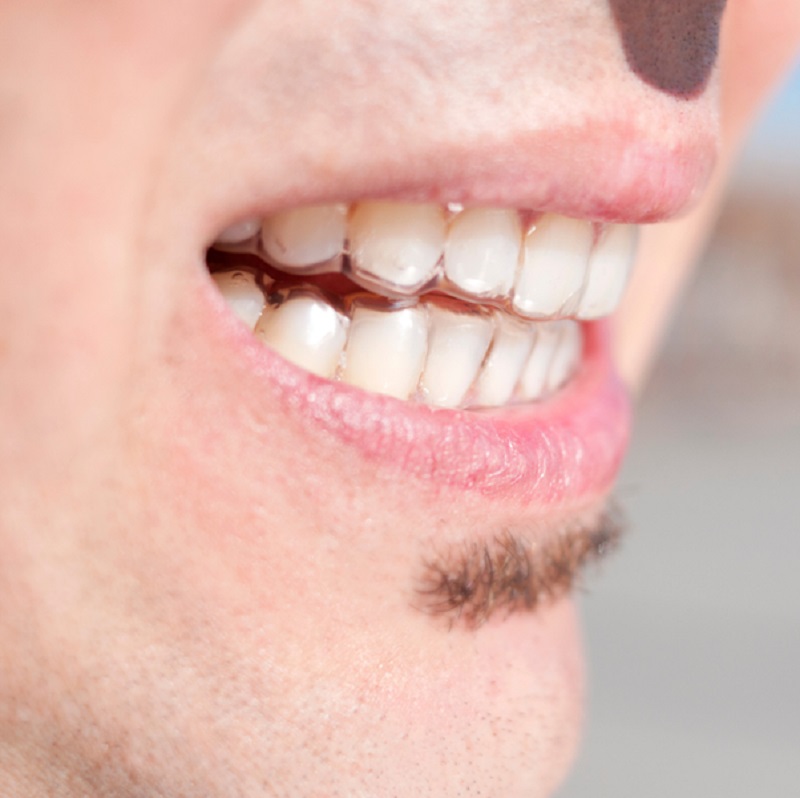
With the development of orthodontic treatment, Singaporeans now have different alternatives for getting a straighter smile. Two options are available on the Singaporean market: conventional braces and invisible aligners. Analyse the benefits and drawbacks of each to assist you in making an educated choice for your orthodontic journey.
1. Effectiveness and Treatment Duration
Invisible Aligners:
Clear aligners have become popular due to their discrete design. With invisible aligners, teeth are moved into the desired alignment using a series of specially constructed trays. The length of the treatment depends on how severe the misalignment is, but it usually lasts between six and twenty-four months.
Traditional Braces:
Braces are a common technique for treating dental problems. They are characterised by metal brackets and wires. Many dental cases can benefit from them, although they may need a longer course of treatment—typically 18 to 36 months.
2. Aesthetic Appeal
Invisible Aligners:
The almost invisible nature of clear aligners is one of the reasons people in Singapore choose them. The cosmetically acceptable option for individuals worried about the appearance of traditional braces is the clear, plastic trays that fit tightly over the teeth.
Traditional Braces:
Traditional braces still have a distinctive appearance, even if they have become sleeker and less apparent over time. For some people looking for a less noticeable orthodontic option, metal brackets and wires may be an object of desire.
3. Comfort and Maintenance
Invisible Aligners:
Clear aligners in Singapore are custom-made for a comfortable fit. Users experience minimal irritation and mouth sores compared to traditional braces, which can sometimes cause discomfort due to wires and brackets. Additionally, aligners’ maintenance is straightforward, done by removing the aligners for eating and oral hygiene. Regular cleaning with a soft brush and mild soap keeps them in good condition.
Traditional Braces:
Braces may cause initial discomfort as the mouth adjusts to the presence of metal components. Careful cleaning is required around brackets and cables during maintenance, and to access difficult spots, specialised equipment is frequently needed. Dietary limitations are also frequently used to shield the braces from harm.
ALSO READ: Transform Your Smile and Elevate Your Oral Health with Teeth Straightening
4. Lifestyle Considerations

Invisible Aligners:
For those who lead active lives, invisible aligners are an alternative due to their versatility. You can take out the aligners for a short while if you have an important presentation at work, a special occasion, or a laid-back day trip. Nonetheless, consistency is essential for the desired outcomes.
Traditional Braces:
Braces are permanent, so vigilance is required when going about daily business. Some foods must be avoided to prevent damage, and changes can be necessary if brackets or wires break or come free.
5. Cost Factors
Invisible Aligners:
For many people thinking about orthodontic treatment, cost might be a deciding issue. In Singapore, invisible aligners are typically more expensive than regular braces. For others, the expense may be justified by the treatment’s shorter duration, ease, and aesthetic appeal.
Traditional Braces:
While traditional braces are frequently affordable, one should consider the long-term commitment and related maintenance expenditures. The total cost may increase due to emergency visits and routine changes.
6. Orthodontic Consultation and Candidacy
Invisible Aligners:
Speaking with a specialist before beginning orthodontic treatment is essential. Although there are situations where invisible aligners are appropriate, not every person may be a good fit. Complex dental problems could need the knowledge of traditional braces or non-traditional treatments. An orthodontist in Singapore will do an evaluation to ascertain the course of action.
Traditional Braces:
Seeking advice from an orthodontist is also vital for people considering getting traditional braces. Although braces are for various orthodontic problems, the recommendation for braces may vary depending on the degree of misalignment and particular oral conditions. Open communication with the dentist helps ensure that the selected action aligns with each patient’s needs.
Conclusion
The decision between regular braces and invisible aligners in Singapore primarily comes down to personal taste, way of life, and financial constraints. While traditional braces are still dependable for orthodontic correction, invisible aligners provide a discrete, pleasant, and convenient alternative. Knowing the subtle differences between each option enables people to make an informed choice that fits their unique requirements and situation.
Visit My Braces Clinic to start investing in your oral health.






